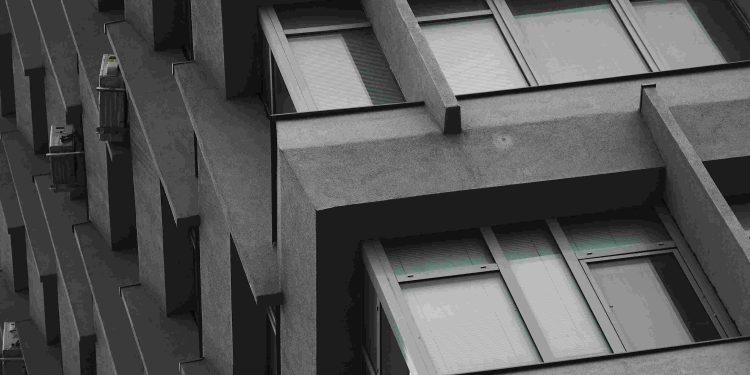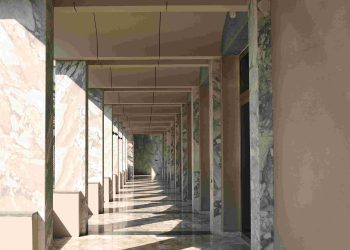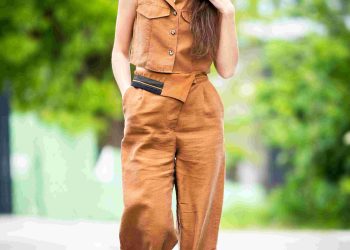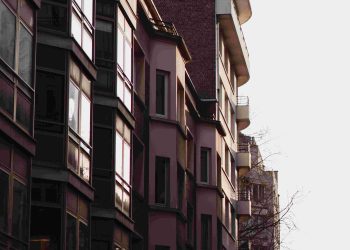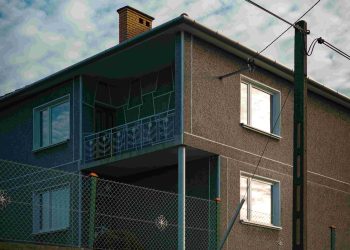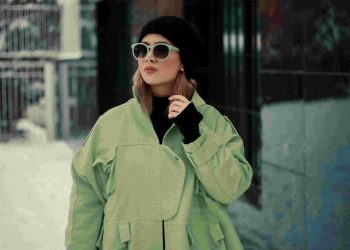Urban Edge stylistic designs

In a world where conformity often takes precedence, the unapologetically bold urban edge stylistic designs emerge as a defiant rebuttal to the mundane. This isn’t merely a trend; it’s a movement rooted deeply in the human desire for expression, revolutionizing how spaces resonate with the individuals who inhabit them. My encounter with this design philosophy wasn’t theoretical—it was transformative. I remember stepping into a loft in the heart of the city, its exposed brick walls seeming to whisper stories of industrial perseverance and creativity.
The interplay between individual identity and collective creativity
Urban edge design isn’t just about aesthetics; it’s personal. It forces us to grapple with the question: How can a space simultaneously reflect individuality while embracing shared contexts? To me, it’s akin to the dialectic framework in philosophy—an ongoing dialogue, one that constantly challenges us to rethink the boundaries of expression. Designers have begun borrowing cues not just from art and architecture, but from sociology and psychology, understanding that spaces are extensions of our psyche. Jane Jacobs, the distinguished urbanist, famously argued that
“Cities have the capability of providing something for everybody, only because, and only when, they are created by everybody.”
Urban edge design, like cities themselves, thrives in diversity.
Breaking conventions through experimental materials
The use of unconventional materials—such as recycled metals, raw concrete, and repurposed wood—is reshaping our visual vocabulary. These aren’t mere decorations; they tell stories. Raw aluminum, for example, becomes a metaphor for resilience—a nod to the industrial past yet a forward-thinking gesture toward sustainability. It mirrors the philosophy that imperfection can be inherently beautiful, a notion popularized by the Japanese concept of
wabi-sabi.
Thinking beyond aesthetics: Urban edge in modern workspaces
The urban edge is redefining the way we approach professional settings. Corporate spaces that once defaulted to monotonous, clinical designs are now incorporating exposed pipes, open layouts, and vibrant color palettes. This is not just an aesthetic choice; it’s a deliberate effort to encourage collaboration and innovation. According to studies in environmental psychology, workplaces designed with dynamic, creative environments can increase productivity by up to 20%. Isn’t it fascinating how a mere shift in interior choices can ripple into tangible benefits for business?
Predicting the future: Smart urban edge designs
As we transition into the era of smart technology, urban edge designs are expected to integrate connectivity and data-driven solutions more seamlessly. Picture this: a living space where sensors embedded within recycled wood panels not only monitor energy efficiency but also respond dynamically to individual preferences. Innovations like augmented reality tools could allow individuals to visualize design options in real-time, ensuring every detail aligns with their vision. The urban edge is primed to evolve, becoming even more personalized and sustainable.
Practical strategies for embracing urban edge designs
For those looking to incorporate urban edge designs into their personal or professional spaces, here are actionable steps:
- Start by auditing your space: Which elements feel authentic, and which ones feel redundant?
- Introduce a blend of recycled or organic materials to your interior—consider repurposed wood or exposed metals for a raw aesthetic.
- Collaborate with professionals who specialize in personalized designs to create spaces that resonate with your vision.
- Incorporate elements that challenge traditional structures—open layouts, bold colors, or experimental lighting.
- Embrace sustainability by choosing designs that are eco-friendly and energy-efficient.
Ultimately, designing with an urban edge isn’t just about the visual—it’s about fostering spaces that inspire connection, creativity, and resilience.
A cyclical narrative: Connecting tradition to innovation
As I think back to that transformative loft and the emotions it evoked, I’m reminded how urban edge designs challenge us to respect tradition while daring us to innovate. They inspire not just through their rugged beauty but through their ability to encapsulate the human experience—a blend of what has been and what could be. In the end, urban edge stylistic designs aren’t simply a matter of taste; they’re a manifesto of possibility, sparking a dialogue between past visions and future aspirations.

